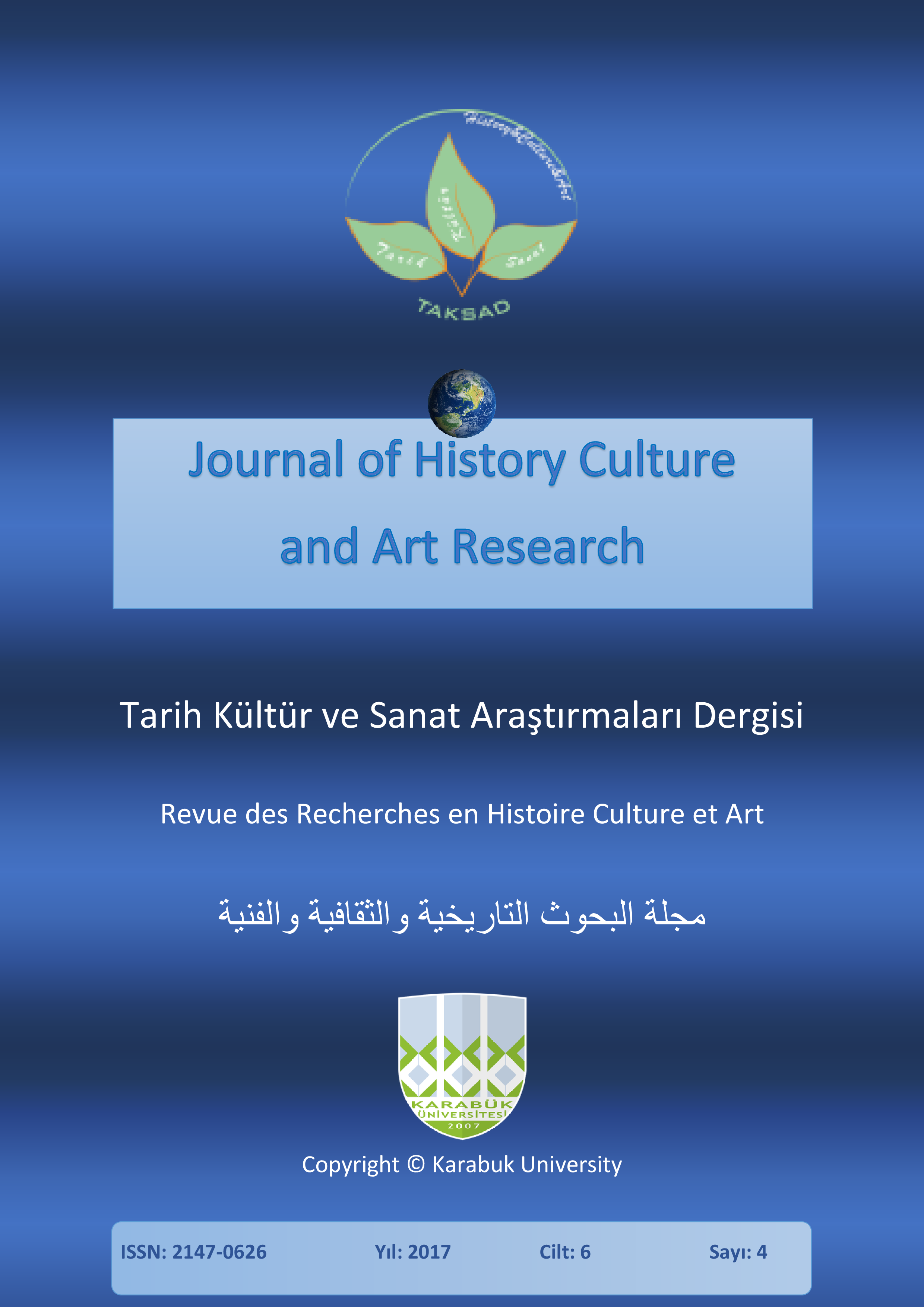Divorce Trends in Iran between 2004-2013
DOI:
https://doi.org/10.7596/taksad.v6i4.1133Keywords:
Divorce, Divorce trend, Divorce rates, Iran divorce rates, Marriage.Abstract
This study investigates divorce trend in populated cities of Iran by relying on the inferential statistics. For this purpose, the mean divorce is descriptively and intuitively compared in five big cities including Tehran, Isfahan, Shiraz, Mashhad and Tabriz in the past ten years (2004-2013). This research is descriptive in terms of methodology. The data collection method is done through the National Organization for Civil Registration of Iran and also the Statistical Centre of Iran. According to the obtained results, the overall mean divorce has been growing in five most populous cities of Iran, Tehran, Isfahan, Tabriz, Mashhad and Shiraz, during the years 2004-2013. Tehran has had the higher percentage of divorce than other surveyed cities in the past ten years, and the highest frequency is recorded for 2012 with 34.96 divorces compared to the marriages. Mashhad, Isfahan, Tabriz and Shiraz have had the highest rates of divorce than marriage after Tehran in terms of mean. The lowest mean divorce belongs to Shiraz with a mean of 13.16.
References
Enayatollah, Leila (2009). Investigating the perception and experience of divorce among the Kurdish women in Saqqez city. Master's thesis. University of Tehran.
Fatehizadeh, Maryamossadat (2005). Investigating the influence of family factors on reduction of divorce rate in Yazd, Ardakan and Maybod cities. The educational and psychological studies, 6(1), 117-136.
Gibson, Howard (1994). No-Fault Divorce in Pennsylvania: A Guide to the Law with Forms for Filing Your Own Divorce. Pennsylvania: Full Court Press.
Jost, K. & Robinson, M. (1991). Children and Divorce. Congressional Quarterly Researcher, 1, 349-368.
Lozik, Danilin (2004). A new approach to analysis of social problems. Translated by Saeed Moeinfar. Tehran: Amirkabir Publications.
Mahmoudian, Hossein (2010). Investigating the relationship between the divorce and social economic development in cities of Iran in 2006. Quarterly Journal of social security studies.
Mahmoudpour, Ahmad (2009). Semantic reconstruction of family changes by underlying theory: A case study on Mangur and Gorek States. Quarterly Journal of Family Study, 5(3), 315.
Medadi, M. (2001). Investigating the causes of couples' divorce (social-economic perspective) in Arak city. Master's thesis. Social, Welfare and Rehabilitation University.
Meshki, Mehdi (2011). Investigating the status and factors associated with divorce from the perspective of divorced couples in Gonabad city during 2008-2009. Quarterly Journal of Gonabad University of Medical Sciences and Health Services, 17(1).
Musai, Maysam (2011). The Relationship between Divorce and Economic-Social Variables in Iran. British Journal of Arts and Social Sciences, 1(2), 89-93.
National Organization for Civil Registration (NOCR), (http://www.sabteahval.ir)
Qureyshi, Fardin (2014). Understanding the causes of divorce from the perspective of men and women subject to divorce and divorced. The strategic studies of social security and order, Spring and Summer, 3(1).
Rahmatollahi, M. (2007). Pathology of marriage in Isfahan city and providing a model for pathology of marital life. Journal of Isfahan University, 92-96.
Samavati, Majid (1995). Social pathology in Iran: sociology of deviances. Tabriz: Nobel Publications.
Saroukhani, Bagher (1997). Divorce research on identifying the reality and its factors. Tehran: Tehran University Press.
Schramm, David G. (2006). Individual and Social Costs of Divorce in Utah. Journal of Family and Economic Issues, 27(1), 133-151.
Segalen, Martine (2001). Historical sociology of family (3rd ed.). Translated by Hamid Elyasi. Tehran: Markaz Publications.
Seyfzadeh, Ali (2013). The Role of Violence in the Rate of Divorce among Women. Journal of Women and Society, 4(3), 125-149.
Sherkat, Shahla (2006). The ways of dealing with effects and consequences of divorce for women in Tehran. Master's thesis. Tehran University.
Yaghoubi, Kajal (2011). Investigating and comparing the aggression in children of divorced and normal parents. Psychological studies, 7.
Downloads
How to Cite
Issue
Section
License
All papers licensed under Creative Commons 4.0 CC-BY.- Share — copy and redistribute the material in any medium or format
- Adapt — remix, transform, and build upon the material for any purpose, even commercially.
Under the following terms:
Attribution — You must give appropriate credit, provide a link to the license, and indicate if changes were made. You may do so in any reasonable manner, but not in any way that suggests the licensor endorses you or your use.
- No additional restrictions — You may not apply legal terms or technological measures that legally restrict others from doing anything the license permits.







